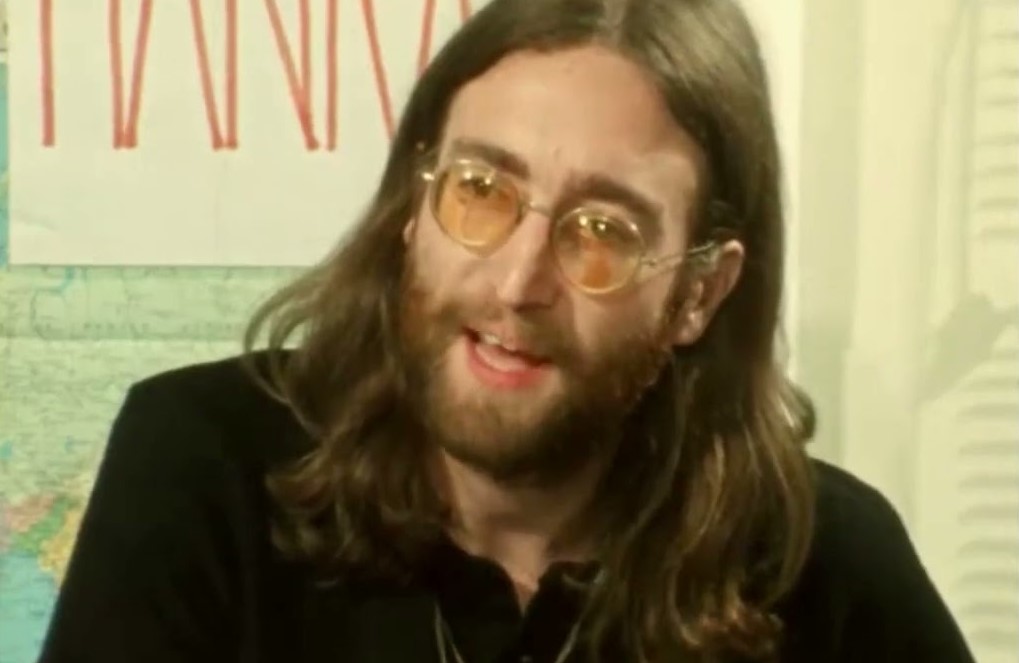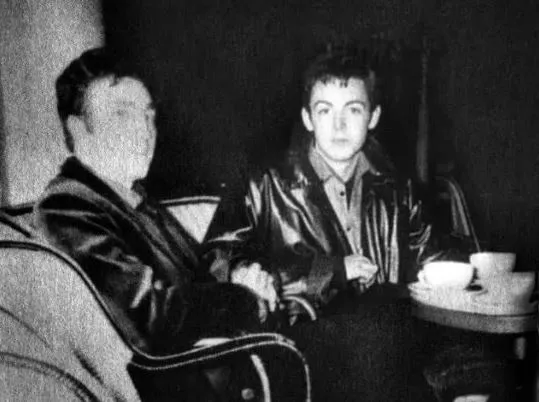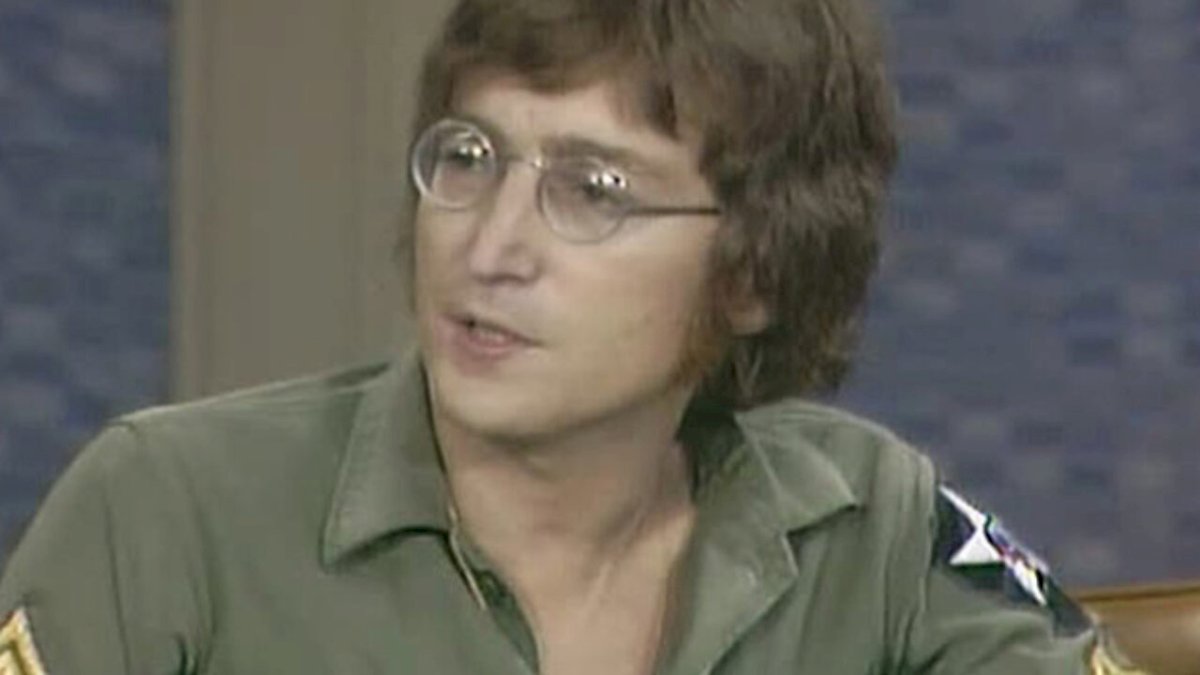About The Song
John Lennon's rendition of "Money (That's What I Want)" with the Plastic Ono Band serves as a powerful departure from the polished sound of The Beatles. Recorded as part of the "Live Peace in Toronto 1969" album, this version captures Lennon's evolving musical style and his exploration of a raw, unfiltered sound. Released in the wake of The Beatles' breakup, the performance features a lineup that includes Eric Clapton on guitar, Klaus Voormann on bass, and Alan White on drums. The Plastic Ono Band's interpretation of the song showcases a grittier, more primal energy that aligns with the countercultural spirit of the late 1960s.
Lennon's vocal delivery in this rendition is notably more intense and unrestrained than in the earlier Beatles version. The live setting allows him to channel a sense of urgency and rebellion, emphasizing the desperation conveyed in the song's lyrics. The minimalist arrangement, characterized by powerful guitar riffs and a driving rhythm section, reflects the band's commitment to simplicity and authenticity. Lennon's collaboration with the Plastic Ono Band marked a shift towards a more direct and confrontational approach in his music, shedding the layers of studio production for a more immediate and visceral connection with the audience.

The choice to perform "Money (That's What I Want)" with the Plastic Ono Band is significant in the context of Lennon's post-Beatles career. The song's theme of financial desire takes on new meaning in the aftermath of the band's dissolution. Lennon's experiences during this period, including his public activism for peace and his personal struggles, are reflected in the fervor with which he delivers the lyrics. The Plastic Ono Band's interpretation becomes a symbol of Lennon's artistic liberation, a departure from the commercial constraints of The Beatles and an embrace of a more avant-garde and experimental sound.
In the broader scope of Lennon's solo career, the Plastic Ono Band's rendition of "Money (That's What I Want)" becomes a pivotal moment in his artistic evolution. It foreshadows the raw and introspective style that would characterize his acclaimed solo albums, such as "John Lennon/Plastic Ono Band" and "Imagine." The song, while maintaining its inherent theme of financial desire, transforms into a vehicle for expressing Lennon's growing disillusionment with societal norms and his quest for personal and artistic freedom. The Plastic Ono Band's rendition serves as a sonic bridge between Lennon's past with The Beatles and the uncharted territories he would explore in the years to come, leaving an indelible mark on the trajectory of his solo career.
Video
Lyrics
Let’s sing along with the lyrics!
The best things in life are free
But you can tell me 'bout the birds and bees.
Now gimme money (that's what I want)
That's what I want (that's what I want)
That's what I want, ye-ye-yeh,
That's what I want.
Money don't get everything it's true.
What it don't get I can't use.
So gimme money (that's what I want)
A little money (that's what I want)
That's what I want, ye-ye-yeh,
That's what I want.
Yeh gimme money (that's what I want)
A little money (that's what I want)
That's what I want (that's what I want)
So gimme money (that's what I want)
That's what I want, ye-ye-yeh,
That's what I want.
Your lovin' give me a thrill
But your lovin' don't pay my bill.
Now gimme money (that's what I want)
That's what I want (that's what I want)
That's what I want, ye-ye-yeh,
That's what I want.
Money don't get everything it's true.
What it don't get I can't use.
So gimme money (that's what I want)
A little money (that's what I want)
That's what I want, ye-ye-yeh,
That's what I want.
Yeh gimme money (that's what I want)
A little money (that's what I want)
That's what I want (that's what I want)
So gimme money (that's what I want)
That's what I want, ye-ye-yeh.



